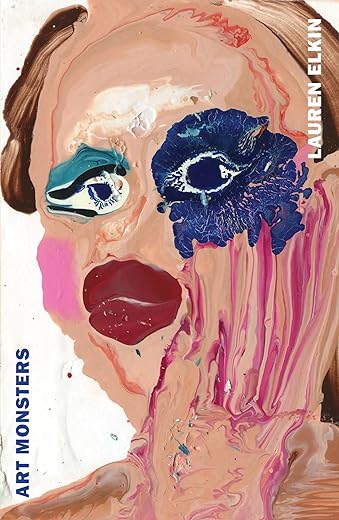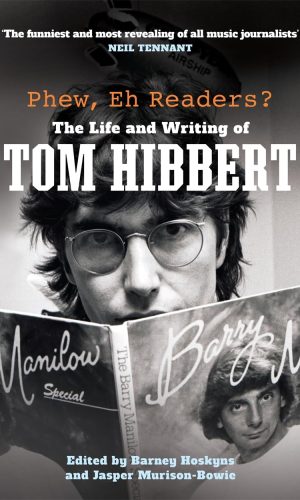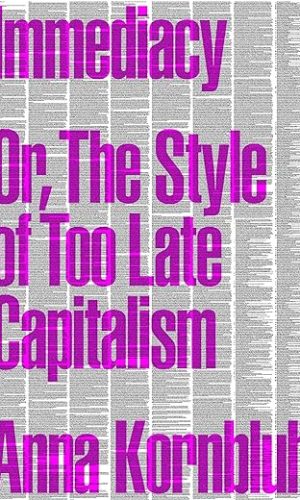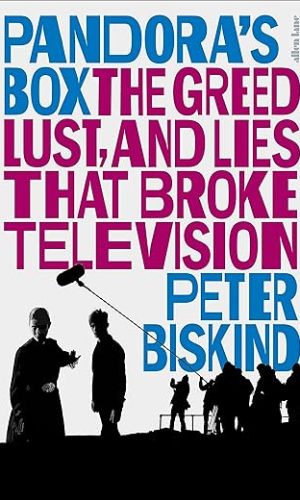Art Monsters: Unruly Bodies in Feminist Art
£11.95£12.99 (-8%)
‘Destined to become a new classic’
A dazzlingly original reassessment of women’s stories, bodies and art – and how we think about them.
For decades, feminist artists have confronted the problem of how to tell the truth about their experiences as bodies. Queer bodies, sick bodies, racialised bodies, female bodies, what is their language, what are the materials we need to transcribe it?
Exploring the ways in which feminist artists have taken up this challenge, Art Monsters is a landmark intervention in how we think about art and the body, calling attention to a radical heritage of feminist work that not only reacts against patriarchy but redefines its own aesthetic aims.
Writing in the tradition of Susan Sontag, Hélène Cixous and Maggie Nelson, Lauren Elkin demonstrates her power as a cultural critic, weaving daring links between disparate artists and writers – from Julia Margaret Cameron’s photography to Kara Walker’s silhouettes, Vanessa Bell’s portraits to Eva Hesse’s rope sculptures, Carolee Schneemann’s body art to Theresa Hak Kyung Cha’s trilingual masterpiece DICTEE – and shows that their work offers a potent celebration of beauty and excess, sentiment and touch, the personal and the political.
Read more
Additional information
| Publisher | Vintage, 1st edition (18 April 2024) |
|---|---|
| Language | English |
| Paperback | 336 pages |
| ISBN-10 | 1529922550 |
| ISBN-13 | 978-1529922554 |
| Dimensions | 12.9 x 3.5 x 19.8 cm |











by Amanda Jenkinson
This was a tough read. An exploration of female artists who place the body, often their own body, at the centre of their art, who primarily focus on the body, and often making controversial and provocative art out of this material. Wide-ranging – the book introduced me to many artists I had never heard of – and fragmentary in its structure, I found the book quite destabilising at times with its disjointed narrative but overall it carried me along. I sometimes struggled with all the “art-speak” and found Elkin’s interpretation of some of the art pretentious and overblown, but that’s my personal reaction rather than a criticism of the book. There’s so much here to reflect on that I feel I need to go back and read it again in slow time and not feel so overwhelmed by the magnitude of the material. But that perhaps is the definition of good writing – that it makes us think and forces us to take on board new ideas and concepts. Elkin weaves in her own experiences and responses to the art, and her own reflections on feminism, and I found that personal aspect of the book added another welcome layer. I could have done with more illustrations – although there are quite a lot – as constantly having to break off my reading to turn to Google irritatingly disruptive. However, overall, although I found myself floundering at times, I ultimately feel that this is an important and challenging book with much to recommend it.